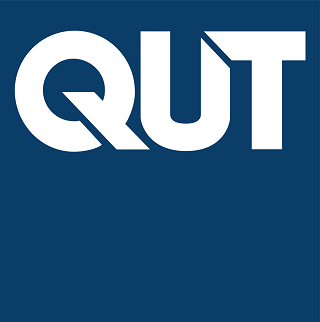Full description
Image (A) depicts pumice clast collected from Marion Reef on April 30, 2007 with a mature epibiont fauna attached. Based on compiled growth rates [23], the largest goose barnacles (Lepas anserifera; 23 mm length) have been attached to the pumice for a minimum of 60 days, while the size of the mollusc indicates up to 200 days of growth [33]. Note the rounded and abraded form of the pumice clast on to which the epibionts have attached. Coin is 2 cm diameter.
Image (B) depicts heavily fouled pumice collected from a secondary stranding at Broadbeach, southeastern Queensland on December 27, 2007 (807 days after the eruption). Two pumice clasts are bound together by cyanobacteria (principally Rivularia sp.) and macroalgae (Caulerpa sp.) with two corals (Pocillopora sp.), a colonial scyphozoan (Order Coronatae), goose barnacles (Lepas anserifera) and mollusc (Pinctada sp.) also attached. Coin is 2.4 cm diameter.
Data time period: 30 04 2007 to 27 12 2007
User Contributed Tags
Login to tag this record with meaningful keywords to make it easier to discover
- DOI : 10.4225/09/586B279993758

- Local : 10378.3/8085/1018.16074


